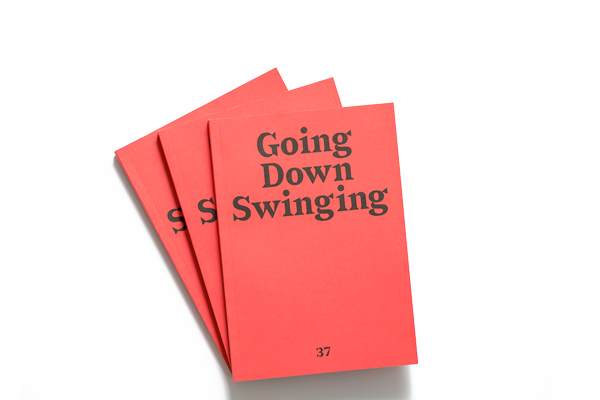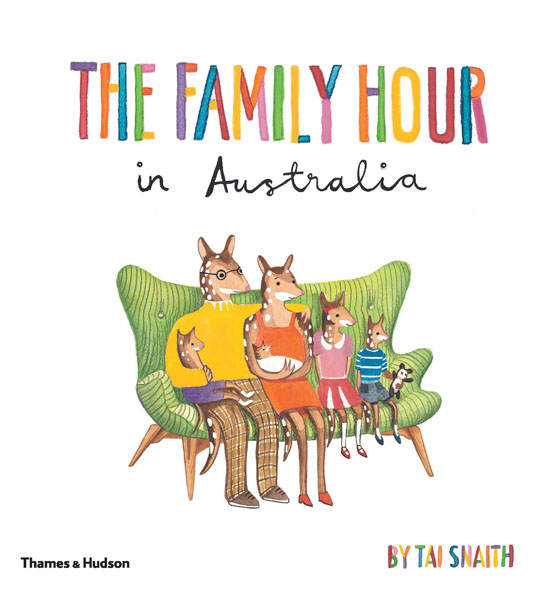A person who has good thoughts cannot ever be ugly. You can have a wonky nose and a crooked mouth and a double chin and stick-out teeth, but if you have good thoughts it will shine out of your face like sunbeams and you will always look lovely.
— Roald Dahl, The Twits
One of the more vivid memories I have as a child was reading Roald Dahl’s descriptions of his characters. The BFG’s carnivorous gigantic villains had evocative names such as the Fleshlumpeater, the Bonecruncher, the Butcher Boy and the Meatdripper. Terrifying, especially for a girl afraid of the dark, believing that gigantic “human bean” munchers might snatch her away during the night.
The literary world celebrates one hundred years since the birth of Roald Dahl today. It is most poignant to also see that his use of language and creation of coy, twisted, pretzeled worlds significantly affected the imaginations and perceptions of his child readers. In particular, he saw righteous people as more beautiful than his ill-favoured villains.
As a child, I had a weathered copy of Matilda, several second-hand copies of The Witches, The Twits, Charlie and the Chocolate Factory and a very dilapidated copy of The BFG. If anything, the state of these books epitomises the very nature of this point: that beautiful things can come in odd-looking packages, and it never helps to judge something by its cover.
Dahl’s stories show how moral goodness manifests itself physically. There’s the Miss Honey and Mrs Trunchbull dichotomy in Matilda; the Grand High Witch in The Witches; and Mr and Mrs Twit in the eponymous The Twits. Mr and Mrs Twit are an ugly, menacing duo of hateful and spiteful malevolence who live in a windowless brick house and torture their pet monkeys. There’s a not-so-subtle statement that their digression into this ugly and vile life is a result of the constant grim and ghastly thoughts and actions they commit over time (“The ugliness had grown upon her year by year as she got older”).
In The Witches, Dahl warns children about the insidious nature of witches as they disguise themselves as the “lovely schoolteacher” or kind lady on the bus who gives you sweets. In Dahl’s stories, says Sharon E. Royer, “morality was simple: it was a matter of absolute good versus consummate evil” – as reflected by someone’s ratty features, pointed nose, or bald head.
Philosophical writings on beauty share a similar train of thought. Plato’s Symopsium, a philosophical text on the nature and concept of love, discusses Socrates’ Ladder of Love, a metaphor for measuring the spectrum of love, morality and beauty. Socrates explains our desire for beauty, while innately biological, is also linked to a desire to understand the world more spiritually.
[H]is use of language and creation of coy, twisted, pretzeled worlds significantly affected the imaginations and perceptions of his child readers.
Platonic love is understood more commonly as a nonsexual love, however also described as a relationship built on emotional and spiritual compatibility. It is also a love for the abstract form of beauty, one where beauty does not need a physical construct. Dahl simplifies this in his books, equating physical beauty with morality – regrettably at times conflating his racism and sexism into this simplification. His stories rarely contained characters falling into the ‘grey’ area.
Dahl had a reputation – an opinion written more posthumously than during his lifetime – as a sometimes cruel, hard man; in his views a bigot, allegedly an anti-Semitic and sexist man, increasing in these views as he grew older. The original edition of Charlie and the Chocolate Factory described the Oompa-Loompas as “black pygmies from Africa“. Similarly, The BFG was rendered more child friendly when it removed a black caricature seen in the character Fleshlumpeater. While editors edited Dahl’s work, it doesn’t remove the fact that he was a complex and difficult man in life. Yet due to that editing, his books still paint a different picture of what he understood of beauty for children.
What Dahl says is that beauty becomes a symbol for morality and a way to create a universal understanding of beauty, similar to Socrates’ definition. The two views are not identical, but both see morality as a system of judgment to understand people by. But communal values change over time: while the worst of these are not excusable, it’s easy to pick on Dahl, who lived in a time with so little regard and so much open disdain for diversity.
Ultimately, Dahl’s books helped me determine on a simple level whether people were good or were bad. If people are horrid, their darkness will eventually overshadow any physical beauty they may possess. If someone is good, they hold their “sunbeams” within them – and will keep shining for you.
Marta Skrabacz is a Melbourne-based writer. She works in IT and politics, and is currently working on a book examining confessional writing and women in the twenty-first century.






